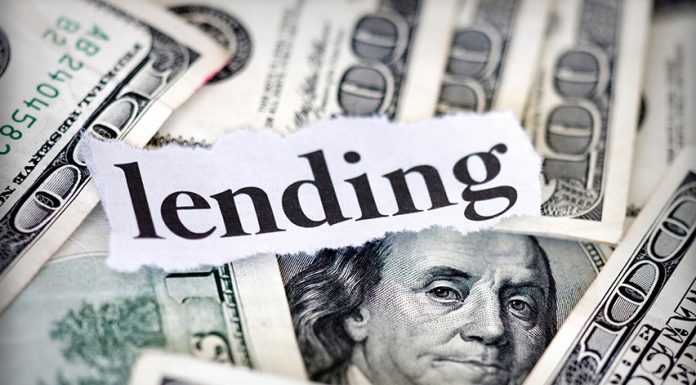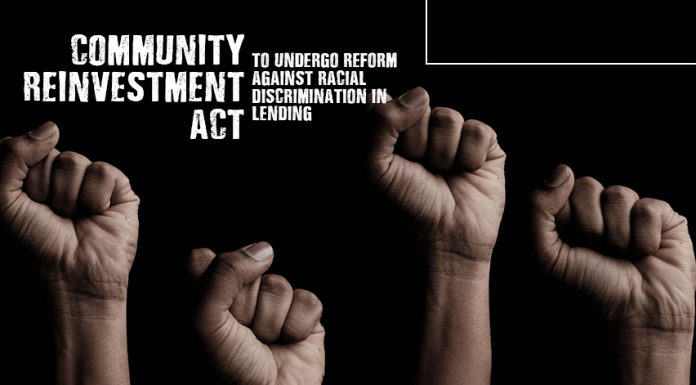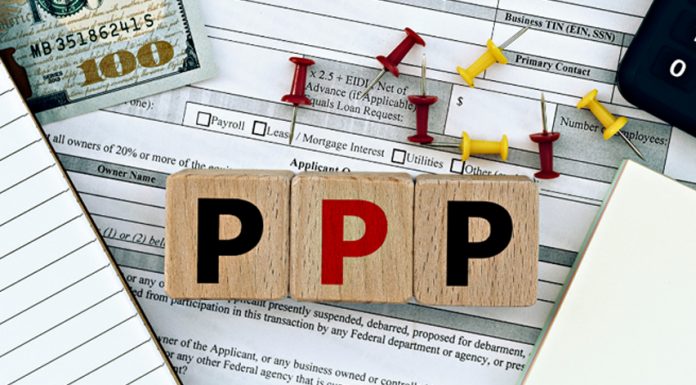According to a former US official Seth Frotman of the CFPB, the weak government and ‘lousy system’ are the reasons behind the student debt crisis in the country.
Since 2003, outstanding balances have already reached 500 percent, according to the New York Fed data published by Yahoo. On the first quarter of 2019, the figure is already at $1.5 trillion, with more than 44 million borrowers suffering from loan debt. In the data, the average debt of borrowers in the class 2017 owes about $28,650.

Frotman said, “When trying to understand the student debt crisis, the most important thing to realize is that there weren’t these glory days when student lending and servicing worked well for families.”
Frotman also said that while the student loan industry is doubling its size, the system is still the same and the inherent flaws are carried over.
Student debt and the US economy
When borrowers cannot pay their dues on time, the US government budget can suffer. These loans are the second highest consumer debt category, following the mortgage debt.
To economist Paul Guardia, when recession appears, there is a high percentage of young professionals being unemployed and this could greatly affect the US economy. Moreover, those who loan money from the government in 2012, have the highest student debt outstanding balance, compared to the recent borrowers.
The height of college tuition
In the Trends in College Pricing 2018 report, it is stated that the average cost of the tuition of a four-year program in private, non-profit universities cost about $35,830. This is ‘more than twice’ of what the college tuition fee in the 1980s.
The massive increase in tuition fees is one reason why students opt for the loan system. Although these are pretty acceptable and ‘normal’, Frotman believes that when the financial crisis hit the United States, banks and private lenders can face ‘credit crunch’ which are bad for the record.













